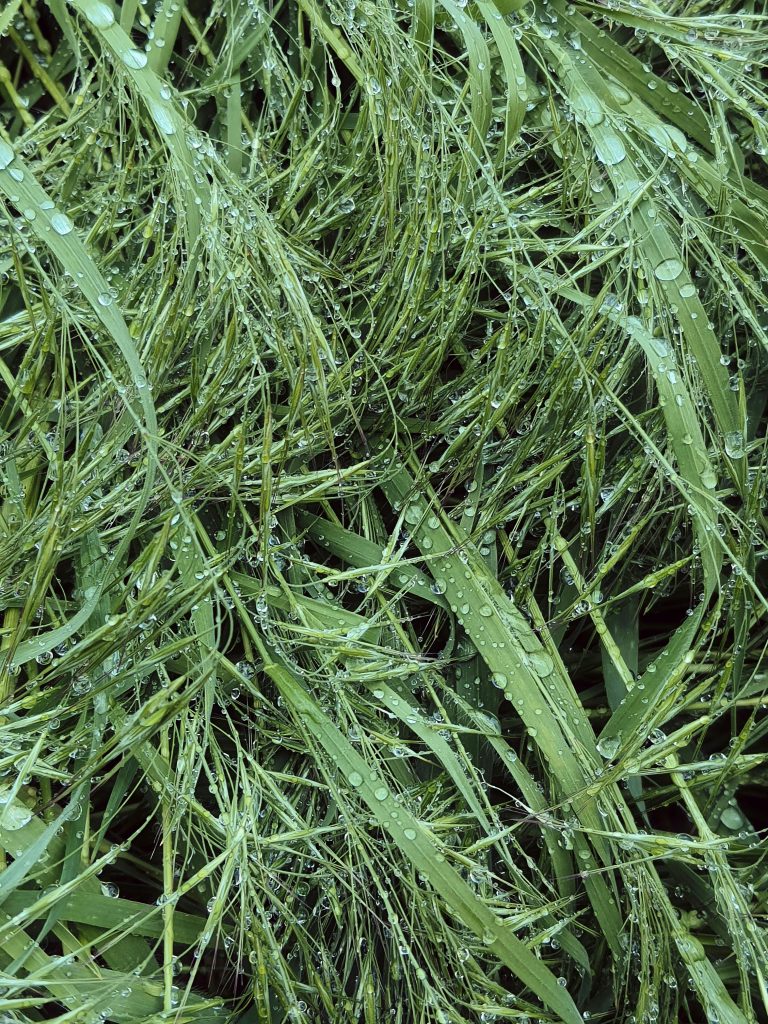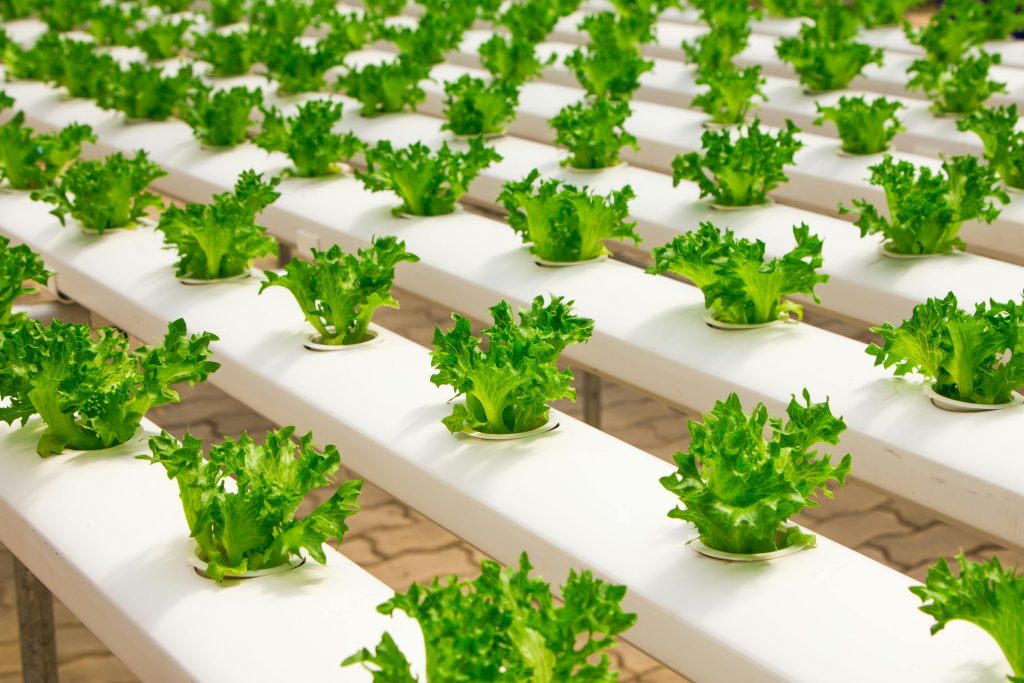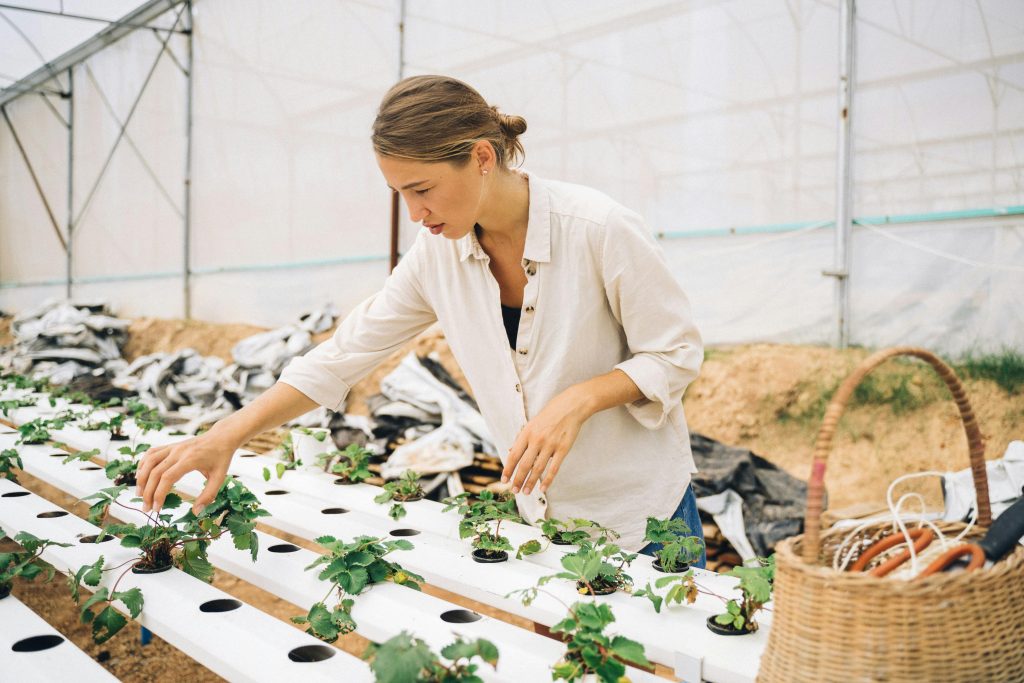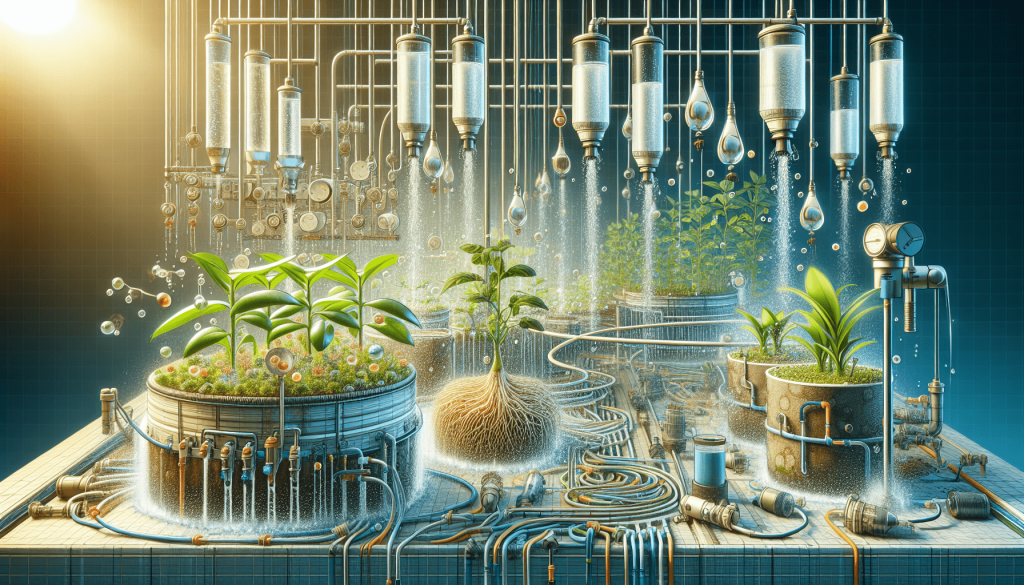
Are you interested in hydroponic gardening? If so, understanding the watering techniques used in a hydroponic growing system is crucial for successful plant growth. In this article, we will explore the different methods and systems used to water plants in a hydroponic setup. From nutrient film technique to drip irrigation, we will discuss the benefits and drawbacks of each method. By the end of this article, you will have a comprehensive knowledge of the various watering techniques in a hydroponic growing system and be ready to start your own thriving garden.

Introduction
Welcome to the world of hydroponics! In this article, we will explore the basics of hydroponics and the importance of watering in this innovative growing system. Hydroponics, also known as soilless farming, is a method of growing plants without soil. Instead, plants are grown in nutrient-rich water solutions, providing them with all the essential elements they need for healthy growth. This technique offers numerous advantages over traditional soil-based farming, including faster growth rates, higher yields, and efficient use of resources. To ensure successful hydroponic cultivation, proper watering techniques are crucial. Let’s dive in and discover the different types of hydroponic systems, factors to consider in watering techniques, and explore the various watering systems commonly used in hydroponics.
Basics of Hydroponics
Definition of hydroponics
Hydroponics is a revolutionary farming method that involves growing plants in a controlled environment without the use of soil. Instead, plants are provided with all the necessary nutrients through a water-based solution. This method utilizes various types of growing media, such as perlite, coco coir, or clay pellets, to support the plants’ root systems. By eliminating soil, hydroponics offers precise control over factors like nutrient availability, pH levels, and water content, allowing plants to maximize their growth potential.
Advantages of hydroponics
Hydroponics offers a range of advantages compared to traditional soil-based farming. Firstly, hydroponics uses up to 90% less water, making it a more sustainable and water-efficient method of cultivation. This is because water in hydroponics is recirculated and continuously supplied to the plants, reducing the overall water consumption. Additionally, hydroponics allows for faster plant growth and higher yields due to the optimized nutrient delivery system. The controlled environment also minimizes the risk of pests and diseases, resulting in healthier plants. Lastly, hydroponics is not limited by geographical location or poor soil quality, making it suitable for urban farming and regions with unfavorable growing conditions.
Different types of hydroponic systems
There are various types of hydroponic systems commonly used, each with its own unique characteristics. Some popular systems include deep water culture (DWC), nutrient film technique (NFT), ebb and flow, and aeroponics. These systems differ in the way water and nutrients are delivered to the plants and in their level of complexity. Each system offers different benefits and is suitable for specific plant species or growing environments. As watering techniques play a vital role in hydroponics, let’s now explore the importance of watering and the challenges associated with it.
Importance of Watering in Hydroponics
Role of water in plant growth
Water is a critical component for plant growth, regardless of the cultivation method. It serves as a medium to transport nutrients from the roots to the leaves, enabling photosynthesis and the production of essential sugars. In hydroponics, water is the primary means of delivering nutrients directly to the plant roots. It acts as a carrier, efficiently transporting the vital elements required for healthy growth. Proper watering ensures that plants have access to an adequate supply of water and nutrients, allowing them to thrive and reach their full potential.
Watering challenges in hydroponics
While hydroponics provides numerous benefits, it also presents specific challenges when it comes to watering. One of the main challenges is achieving the correct balance between providing enough water for the plants’ needs without overwatering them. Overwatering can lead to oxygen deprivation in the root zone, promoting the growth of harmful bacteria and fungi. On the other hand, underwatering can result in nutrient deficiencies and stunted growth. Additionally, maintaining an appropriate pH level in the water solution is crucial to ensure optimal nutrient uptake by the plants. Balancing all these factors can be complex, but understanding the different watering techniques and their suitability for different situations can help overcome these challenges.
Factors to Consider in Watering Techniques
Plant species and stage of growth
Different plant species have varying water requirements, so it is essential to understand the specific needs of the plants you are growing. Some plants, like lettuce or herbs, prefer consistently moist soil, while others, like cacti, require periods of dryness. Additionally, the stage of growth also affects watering needs. Young seedlings may need more frequent watering compared to mature plants. Researching the water requirements of your chosen plant species and adjusting watering techniques accordingly will help ensure optimal growth and health.
Climatic conditions
The climate in which you are growing your hydroponic plants plays a significant role in determining their watering needs. High temperatures and low humidity can cause water to evaporate faster, increasing the frequency of watering. On the other hand, cooler temperatures and higher humidity levels may require less frequent watering. By monitoring the climate and adjusting your watering schedule accordingly, you can provide your plants with the right amount of water to thrive in their specific environment.
Nutrient requirements
In hydroponics, nutrients are dissolved in the water solution and directly delivered to the plants. Understanding the nutrient requirements of your chosen plants is crucial for successful cultivation. Different plant species require varying levels of nutrients, so it is important to strike the right balance. Overdosing can lead to nutrient burn, while underdosing can result in deficiencies. Maintaining a proper nutrient balance and ensuring that the plants receive all the necessary elements will contribute to robust growth and optimal yields.
Root health and oxygenation
Healthy roots are essential for proper water and nutrient absorption. Ensuring adequate oxygenation of the root zone promotes root health and prevents issues such as root rot. Some watering techniques, like flood and drain or ebb and flow systems, allow for periods of oxygenation by periodically draining the water from the root zone. Monitoring root health and providing sufficient oxygen to the roots will enhance overall plant vigor and minimize the risk of plant diseases.

Types of Watering Systems in Hydroponics
Drip Irrigation
Drip irrigation is a commonly used watering system in hydroponics. It involves delivering water and nutrients directly to the plant’s root zone through a network of tubes with emitters. The water drips slowly onto the growing medium or root system. Drip irrigation offers precise control over watering, reducing water waste and enabling optimal nutrient absorption. It is suitable for a wide range of plant species and can be easily automated, making it a popular choice for commercial hydroponic setups.
Flood and Drain
The flood and drain system, also known as ebb and flow, involves periodically flooding the root zone with a nutrient-rich solution. Once the desired level is reached, the water drains away. This cycle is repeated at regular intervals, ensuring the roots receive enough water and nutrients while preventing waterlogging or oxygen deprivation. Flood and drain systems are versatile and suitable for a variety of plant species. They provide excellent aeration to the root zone and allow for efficient nutrient uptake, resulting in healthy plant growth.
Nutrient Film Technique (NFT)
In the nutrient film technique, a thin film of nutrient-rich water flows continuously over the root system. The roots are partially suspended in the flowing water, allowing them to absorb nutrients and oxygen. The excess water then returns to the reservoir, creating a constant cycle. NFT systems are highly efficient, using less water compared to other methods. They are well-suited for fast-growing plants like lettuce or herbs. However, they require careful monitoring of nutrient and pH levels to maintain optimal conditions.
Ebb and Flow System
The ebb and flow system, also known as flood and drain, periodically floods the root zone with the nutrient solution, similar to the flood and drain system. However, instead of draining completely, a portion of the water is retained in the tray or growing media. This retention ensures continuous access to water and nutrients for the plants. Ebb and flow systems are versatile, suitable for a wide range of plant types, and allow for good oxygenation of the root zone. They are relatively easy to set up and maintain, making them popular among both beginners and experienced hydroponic growers.
Drip Irrigation System
Principle and functioning
Drip irrigation is a popular watering system in hydroponics that delivers water and nutrients directly to the root zone. It works by using a network of tubes with emitters that slowly drip water onto the growing medium or roots. The flow rate can be adjusted to match the water requirements of different plants. A pump supplies water from the reservoir to the tubes, and excess water is collected and recirculated back to the reservoir. Drip irrigation ensures precise and controlled watering, minimizing water wastage and nutrient runoff.
Advantages and disadvantages
Drip irrigation offers several advantages in hydroponic systems. Firstly, it provides accurate and targeted water delivery, ensuring that the roots receive the necessary moisture without oversaturating the growing medium. This precise control helps prevent nutrient deficiencies or excesses, promoting healthy plant growth. Drip irrigation can easily be automated, saving time and labor. Additionally, this system is suitable for various plant types and can be tailored to individual plant species’ water requirements. However, drip irrigation may require more frequent maintenance due to the potential clogging of emitters, and the initial setup cost can be higher compared to other systems.
Tips for effective drip irrigation
To ensure effective drip irrigation in your hydroponic setup, follow these tips:
- Regularly check and clean the emitters to prevent clogging and ensure consistent water flow.
- Monitor the water flow rate and adjust it according to the plants’ needs.
- Use high-quality, reliable tubing and emitters to minimize the risk of leaks or malfunctions.
- Maintain proper pH levels in the water solution to optimize nutrient uptake by the plants.
- Periodically check the moisture levels of the growing medium to ensure it is adequately hydrated.
- Consider using a timer or automated irrigation system to ensure consistent watering intervals and prevent human error.

Flood and Drain System
Principle and functioning
The flood and drain system, also known as ebb and flow, involves periodically flooding the plant’s root zone with nutrient-rich water. The water level in the growing tray or container rises to a specific height, providing moisture and nutrients to the plants. Once the desired level is reached, the excess water drains away, allowing the roots to access oxygen. This process is typically controlled by a timer or a manually operated valve. The flood and drain system ensures efficient nutrient delivery and oxygenation of the root zone, promoting healthy plant growth.
Advantages and disadvantages
The flood and drain system offers several advantages for hydroponic cultivation. Firstly, it provides excellent aeration to the roots, preventing oxygen deprivation and promoting robust growth. The periodic flooding and draining cycles ensure that the plants receive the optimal amount of water and nutrients, preventing waterlogging or nutrient buildup. Flood and drain systems are relatively easy to set up and maintain, making them suitable for beginners. However, they may require more frequent monitoring to avoid any malfunction or issues with the drainage system.
Tips for effective flood and drain
To ensure effective flood and drain irrigation, consider the following tips:
- Set up a reliable drainage system to ensure proper water removal and prevent waterlogging.
- Use a timer or automated control system to regulate the flooding and draining cycles, ensuring consistency.
- Monitor the water level in the growing tray to prevent overflooding or underwatering.
- Regularly check the nutrient solution’s pH levels to maintain optimal nutrient absorption.
- Adjust the frequency and duration of flooding and draining cycles based on the plant’s water requirements and stage of growth.
- Keep the drain system clean and free from any clogs or obstructions to ensure smooth water flow.
Nutrient Film Technique (NFT)
Principle and functioning
The nutrient film technique (NFT) is a hydroponic watering system that utilizes a shallow, constant flow of nutrient-rich water to bathe the plant’s roots. The roots are partially submerged in a thin film of flowing water, allowing them to absorb nutrients and oxygen. The excess water then drains back into the reservoir, creating a continuous cycle. NFT systems typically use sloped channels or pipes to facilitate the flow of water. This system offers efficient nutrient delivery and ensures good oxygenation of the roots.
Advantages and disadvantages
NFT systems have several advantages in hydroponic cultivation. Firstly, they use less water compared to other systems, making them highly water-efficient. The continuous flow of nutrient-rich water provides a constant supply of nutrients to the roots, promoting healthy growth. NFT systems are suitable for fast-growing plants and can be easily scaled up for large-scale commercial farming. However, they require careful monitoring of nutrient and pH levels to ensure optimal conditions for plant growth. The shallow film of water in NFT systems can also be susceptible to disruptions in the flow, potentially affecting plant health if not addressed promptly.
Tips for effective NFT
To maximize the effectiveness of your NFT system, keep these tips in mind:
- Regularly check the flow of water in the channels or pipes to ensure it is uninterrupted.
- Monitor nutrient levels in the water solution and adjust accordingly to maintain optimal nutrient concentrations.
- Maintain a neutral pH range to ensure proper nutrient absorption by the plants.
- Periodically clean the channels or pipes to prevent clogging or blockages that may disrupt the water flow.
- Ensure proper slope and positioning of the channels to encourage the smooth flow of water without pooling or stagnation.
- Regularly inspect the roots for any signs of stress, disease, or blockages, and take appropriate action if necessary.

Ebb and Flow System
Principle and functioning
The ebb and flow system, also referred to as flood and drain, operates by periodically flooding the root zone with nutrient solution and then allowing it to drain away. This process is controlled by a timer or manually operated valve, ensuring that the roots receive an adequate supply of water and nutrients while avoiding waterlogging. During the flooding phase, the nutrient solution rises to a specific height, providing hydration and nourishment to the plants. Once the desired time is reached, the water drains out, allowing the roots to access oxygen. This cycle is repeated at regular intervals, promoting healthy plant growth.
Advantages and disadvantages
Ebb and flow systems offer several advantages in hydroponic cultivation. Firstly, they provide efficient aeration to the root zone, preventing oxygen deprivation and encouraging vigorous root development. The periodic flooding and draining cycles ensure that the plants receive optimal water and nutrient availability without suffocating the roots. Ebb and flow systems are relatively easy to set up and maintain, making them suitable for beginners. However, they may require more attention to prevent any malfunction or issues with the drainage system.
Tips for effective ebb and flow
To ensure effective ebb and flow irrigation, consider the following tips:
- Set up a reliable drainage system to ensure proper water removal, preventing waterlogging and related issues.
- Use a timer or automated control system to regulate the flooding and draining cycles for consistency and precision.
- Monitor the water level during the flooding phase to prevent overflooding or underwatering.
- Regularly check the pH levels of the nutrient solution to maintain optimal nutrient absorption by the plants.
- Adjust the frequency and duration of flooding and draining cycles based on the specific water requirements of the plants.
- Keep the drainage system clean and free from any clogs or obstructions to ensure smooth water flow and prevent potential issues.
Conclusion
Handling the watering techniques in a hydroponic growing system is crucial for successful cultivation. By understanding the basics of hydroponics and the importance of watering, you can create a thriving environment for your plants. Consider factors such as plant species and growth stage, climatic conditions, nutrient requirements, and root health when determining the most suitable watering technique. Drip irrigation, flood and drain, nutrient film technique (NFT), and ebb and flow are just a few of the many watering systems available in hydroponics. Each system has its advantages and disadvantages, and choosing the right one depends on your specific needs and the requirements of your plant species. By following the tips provided and continuously monitoring and adjusting your watering techniques, you can enjoy the bountiful benefits of hydroponic cultivation and witness healthy, vibrant plants flourishing in your hydroponic garden.

Related Content
- Grow Faster and Smarter with Hydroponic Systems
- How to Start a Hydroponic Herb Garden Indoors
- The Ultimate Guide to the 2025 Best Compact Hydroponic System for Space-Saving Gardening
- DUESI Upgrade 12 Pods Plant Germination Herb Kit Review
- The Ultimate Guide to 10 Effective Hydroponic Lettuce Growing Strategies for 2025







